- 全部删除
 您的购物车当前为空
您的购物车当前为空
PKC nu Protein, Human, Recombinant (GST)
Serine/threonine-protein kinase D3, also known as Protein kinase C nu type, Protein kinase EPK2, PRKD3, EPK2 and PRKCN, is a cytoplasm and membrane protein that belongs to the protein kinase superfamily, CAMK Ser/Thr protein kinase family and PKD subfamily. PRKD3 / PRKCN contains one PH domain, two phorbol-ester/DAG-type zinc fingers and one protein kinase domain. Protein kinase C (PKC) is a family of serine- and threonine-specific protein kinases that can be activated by calcium and the second messenger diacylglycerol. PKC family members phosphorylate a wide variety of protein targets and are known to be involved in diverse cellular signaling pathways. They also serve as major receptors for phorbol esters, a class of tumor promoters. Each member of the PKC family has a specific expression profile and is believed to play a distinct role. PRKD3 / PRKCN converts transient diacylglycerol (DAG) signals into prolonged physiological effects, downstream of PKC. It is involved in resistance to oxidative stress. PRKD3 / PRKCN is activated by DAG and phorbol esters. Phorbol-ester/DAG-type domains 1 and 2 bind both DAG and phorbol ester with high affinity and mediate translocation to the cell membrane. Autophosphorylation of Ser-735 and phosphorylation of Ser-731 by PKC relieves auto-inhibition by the PH domain. PRKD3 / PRKCN can be activated rapidly by the agonists of G protein-coupled receptors. It resides in both cytoplasm and nucleus, and its nuclear accumulation is found to be dramatically enhanced in response to its activation. PRKD3 / PRKCN can also be activated after B-cell antigen receptor (BCR) engagement, which requires intact phospholipase C gamma and the involvement of other PKC family members.
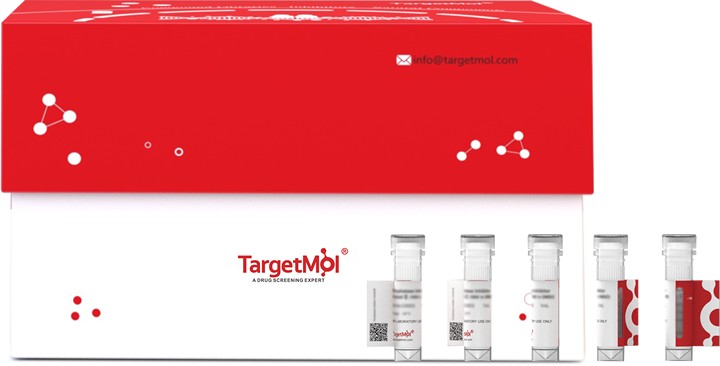
PKC nu Protein, Human, Recombinant (GST)
| 规格 | 价格 | 库存 | 数量 |
|---|---|---|---|
| 5 μg | ¥ 476 | 6-8日内发货 | |
| 10 μg | ¥ 773 | 6-8日内发货 | |
| 20 μg | ¥ 1,280 | 5日内发货 | |
| 50 μg | ¥ 2,530 | In stock |
产品信息
| 生物活性 | Kinase activity untested |
| 产品描述 | Serine/threonine-protein kinase D3, also known as Protein kinase C nu type, Protein kinase EPK2, PRKD3, EPK2 and PRKCN, is a cytoplasm and membrane protein that belongs to the protein kinase superfamily, CAMK Ser/Thr protein kinase family and PKD subfamily. PRKD3 / PRKCN contains one PH domain, two phorbol-ester/DAG-type zinc fingers and one protein kinase domain. Protein kinase C (PKC) is a family of serine- and threonine-specific protein kinases that can be activated by calcium and the second messenger diacylglycerol. PKC family members phosphorylate a wide variety of protein targets and are known to be involved in diverse cellular signaling pathways. They also serve as major receptors for phorbol esters, a class of tumor promoters. Each member of the PKC family has a specific expression profile and is believed to play a distinct role. PRKD3 / PRKCN converts transient diacylglycerol (DAG) signals into prolonged physiological effects, downstream of PKC. It is involved in resistance to oxidative stress. PRKD3 / PRKCN is activated by DAG and phorbol esters. Phorbol-ester/DAG-type domains 1 and 2 bind both DAG and phorbol ester with high affinity and mediate translocation to the cell membrane. Autophosphorylation of Ser-735 and phosphorylation of Ser-731 by PKC relieves auto-inhibition by the PH domain. PRKD3 / PRKCN can be activated rapidly by the agonists of G protein-coupled receptors. It resides in both cytoplasm and nucleus, and its nuclear accumulation is found to be dramatically enhanced in response to its activation. PRKD3 / PRKCN can also be activated after B-cell antigen receptor (BCR) engagement, which requires intact phospholipase C gamma and the involvement of other PKC family members. |
| 种属 | Human |
| 表达系统 | Baculovirus Insect Cells |
| 标签 | N-GST |
| 蛋白编号 | O94806-1 |
| 别名 | protein kinase D3,PRKCN,PKD3,PKC-NU,nPKC-NU,EPK2 |
| 蛋白构建 | A DNA sequence encoding the full length of human PRKD3 (NP_005804.1) (Met 1-Pro 890) was expressed with the GST tag at the N-terminus. Predicted N terminal: Met |
| 蛋白纯度 | > 85 % as determined by SDS-PAGE |
| 分子量 | 126.7 kDa (predicted); 126.7 kDa (reducing conditions) |
| 内毒素 | < 1.0 EU/μg of the protein as determined by the LAL method. |
| 缓冲液 | Supplied as sterile 20 mM Tris, 500 mM NaCl, 10 mM Reduced Glutathione, pH 7.4. |
| 复溶方法 | A Certificate of Analysis (CoA) containing reconstitution instructions is included with the products. Please refer to the CoA for detailed information. |
| 存储 | It is recommended to store the product under sterile conditions at -20°C to -80°C. Samples are stable for up to 12 months. Please avoid multiple freeze-thaw cycles and store products in aliquots. |
| 运输方式 | Kinases are highly recommended to be shipped at frozen temperature with blue ice or dry ice. |
| 研究背景 | Serine/threonine-protein kinase D3, also known as Protein kinase C nu type, Protein kinase EPK2, PRKD3, EPK2 and PRKCN, is a cytoplasm and membrane protein that belongs to the protein kinase superfamily, CAMK Ser/Thr protein kinase family and PKD subfamily. PRKD3 / PRKCN contains one PH domain, two phorbol-ester/DAG-type zinc fingers and one protein kinase domain. Protein kinase C (PKC) is a family of serine- and threonine-specific protein kinases that can be activated by calcium and the second messenger diacylglycerol. PKC family members phosphorylate a wide variety of protein targets and are known to be involved in diverse cellular signaling pathways. They also serve as major receptors for phorbol esters, a class of tumor promoters. Each member of the PKC family has a specific expression profile and is believed to play a distinct role. PRKD3 / PRKCN converts transient diacylglycerol (DAG) signals into prolonged physiological effects, downstream of PKC. It is involved in resistance to oxidative stress. PRKD3 / PRKCN is activated by DAG and phorbol esters. Phorbol-ester/DAG-type domains 1 and 2 bind both DAG and phorbol ester with high affinity and mediate translocation to the cell membrane. Autophosphorylation of Ser-735 and phosphorylation of Ser-731 by PKC relieves auto-inhibition by the PH domain. PRKD3 / PRKCN can be activated rapidly by the agonists of G protein-coupled receptors. It resides in both cytoplasm and nucleus, and its nuclear accumulation is found to be dramatically enhanced in response to its activation. PRKD3 / PRKCN can also be activated after B-cell antigen receptor (BCR) engagement, which requires intact phospholipase C gamma and the involvement of other PKC family members. |










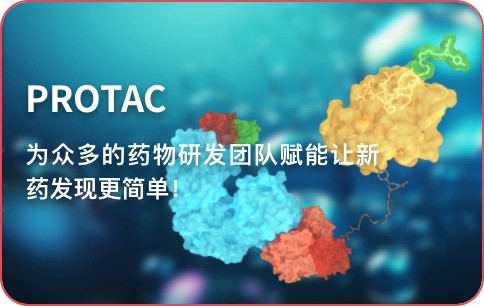





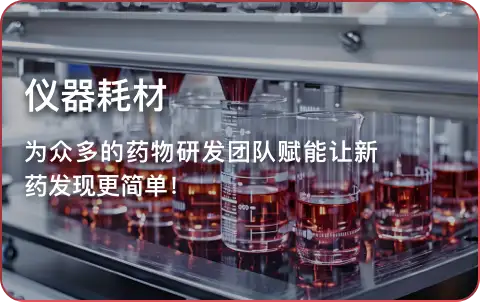
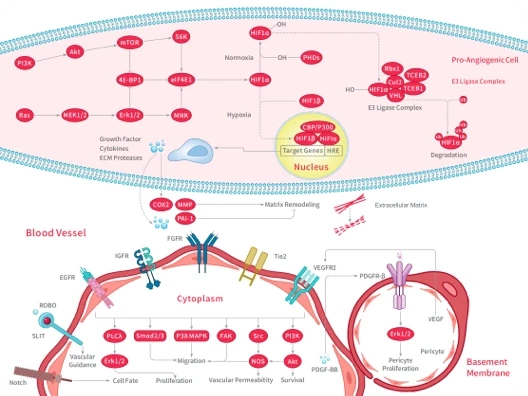
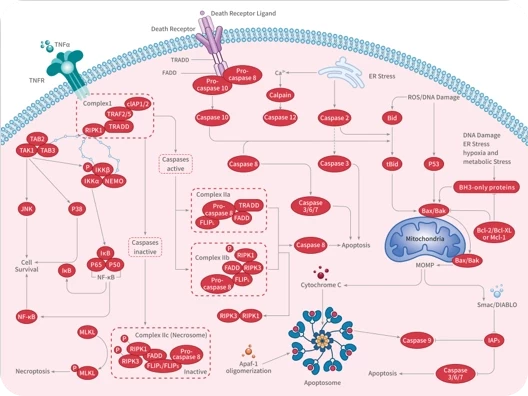
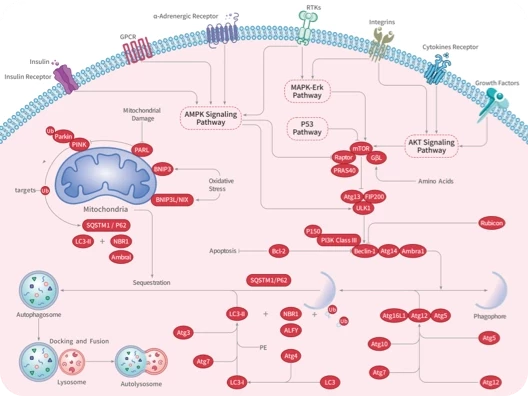


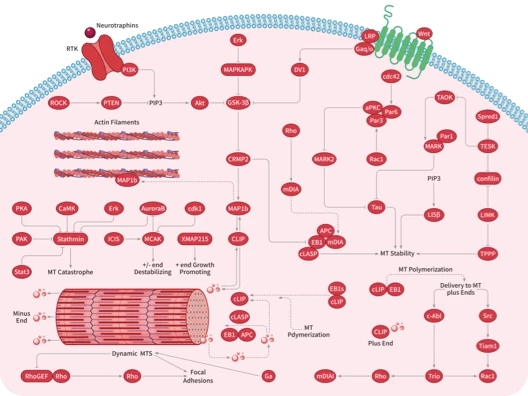
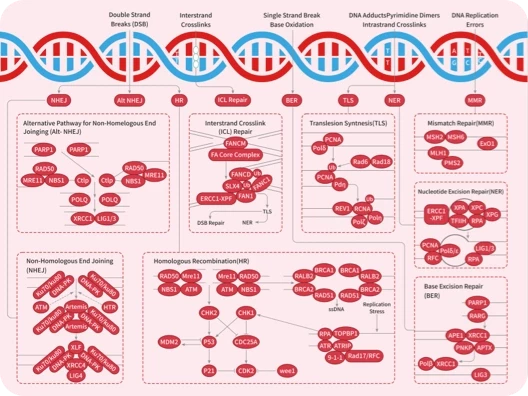

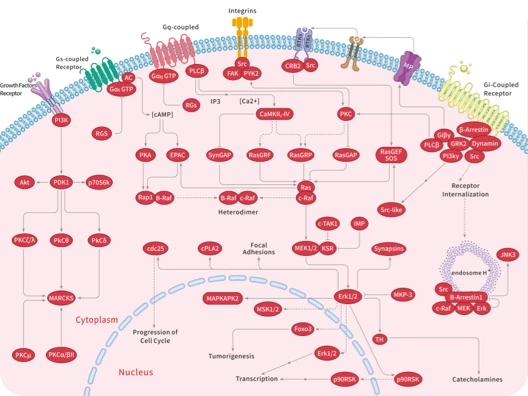
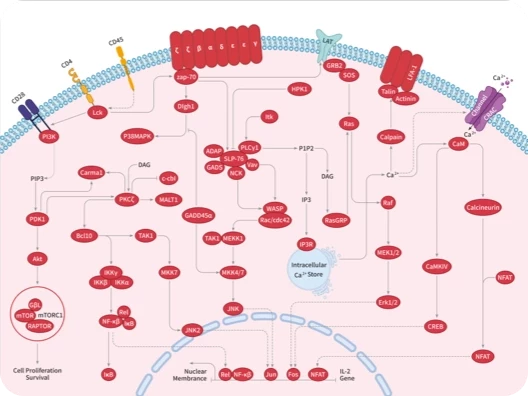
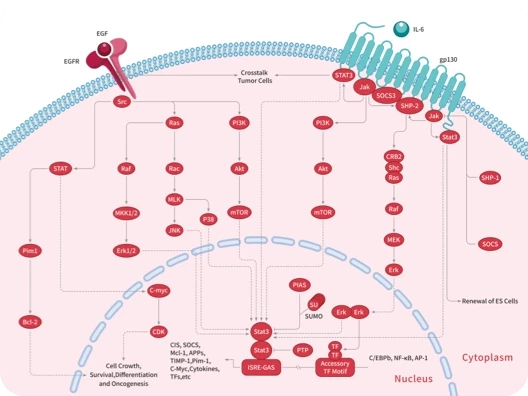
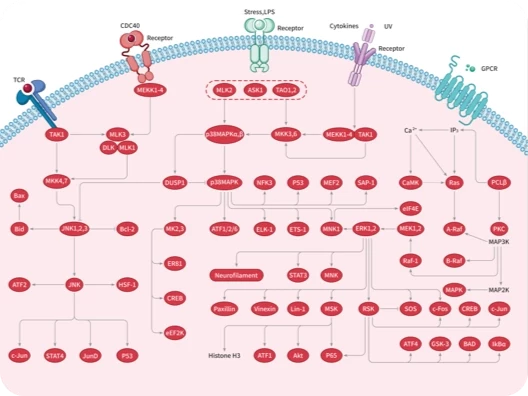


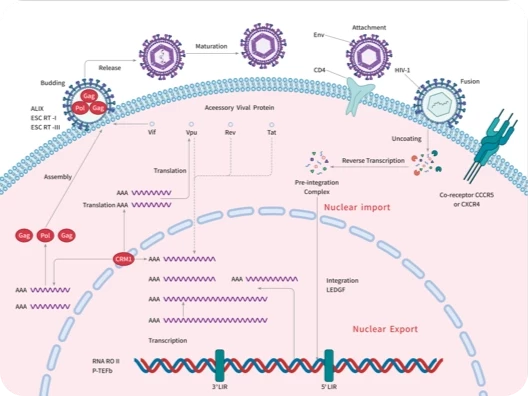

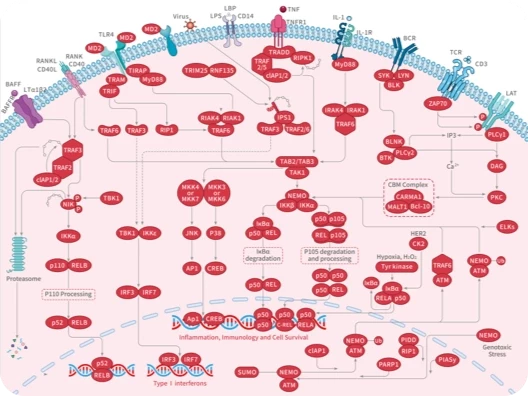
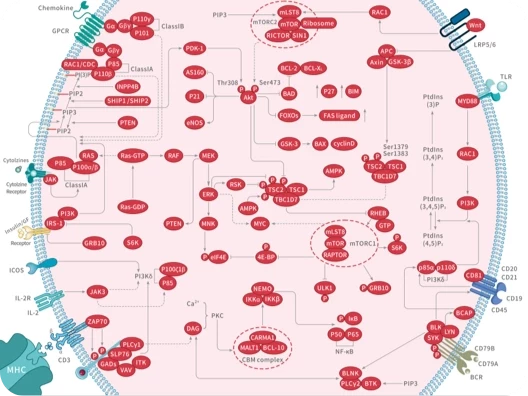
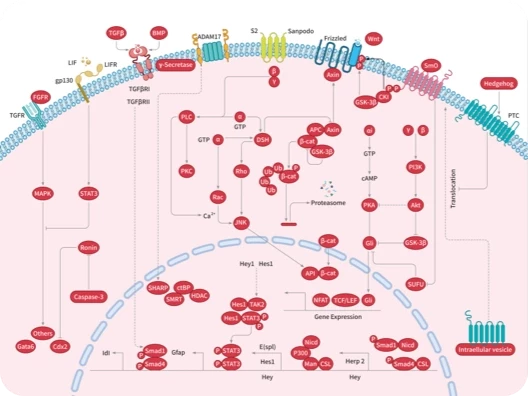

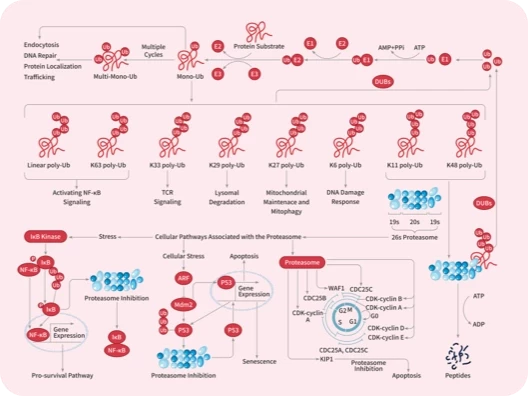


 |
|